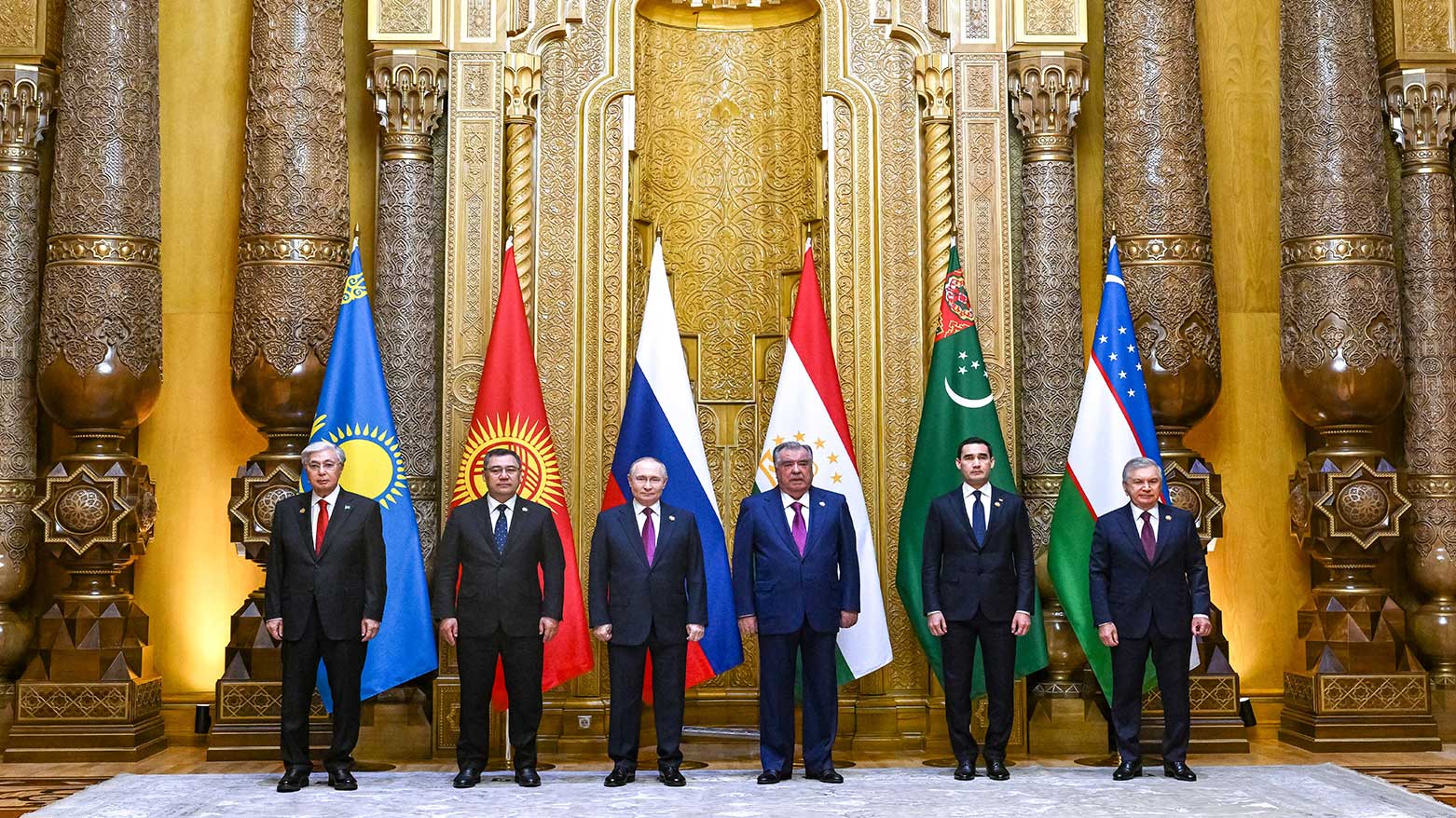Trump to Host First-Ever Summit with Central Asian Leaders Amid Intensifying Global Race for Influence
The Washington meeting underscores the U.S. push to reassert its presence in a region long dominated by Russia and China.

ERBIL (Kurdistan24) — U.S. President Donald Trump is set to host all five Central Asian leaders in Washington on Thursday for the first time, marking a significant diplomatic move by the White House as the United States seeks to strengthen its foothold in a region increasingly seen as a geopolitical crossroads between Moscow, Beijing, and the West.
The landmark gathering — bringing together the presidents of Kazakhstan, Kyrgyzstan, Tajikistan, Turkmenistan, and Uzbekistan — comes just months after the same leaders met separately with Russian President Vladimir Putin and Chinese leader Xi Jinping.
The meetings reflect the intensifying competition for influence in Central Asia, a region endowed with vast natural resources and strategic trade routes linking Europe, Asia, and the Middle East.
Since Russia’s full-scale invasion of Ukraine in 2022, the balance of power in Central Asia has been shifting. Long regarded as Moscow’s backyard, the region’s governments have sought to diversify their partnerships, engaging more actively in the “C5+1” format — a framework for dialogue between the five Central Asian nations and the United States.
Washington and the European Union have stepped up their outreach, offering investment, infrastructure development, and access to Western markets.
Last year’s inaugural U.S.-Central Asia summit paved the way for this week’s meeting, as Western capitals aim to counter both Russia’s military influence and China’s deepening economic reach through its Belt and Road Initiative.
China, which borders Kazakhstan, Kyrgyzstan, and Tajikistan, has become the region’s leading commercial partner, investing billions in energy and transport infrastructure. Meanwhile, Turkey has leveraged linguistic and cultural ties to expand its political and defense partnerships.
Beyond geopolitics, Central Asia’s enormous resource potential has drawn renewed Western interest. Kazakhstan is the world’s largest producer of uranium, Uzbekistan boasts vast gold reserves, and Turkmenistan holds some of the world’s biggest natural gas fields. Kyrgyzstan and Tajikistan, though smaller and more mountainous, are beginning to exploit new mineral deposits.
These resources are increasingly vital to Western efforts to diversify supply chains and reduce dependency on China for critical raw materials, particularly rare earth elements essential to modern technologies. Yet, extracting and exporting them remains challenging due to the region’s landlocked geography, harsh terrain, and limited infrastructure.
Efforts are now underway to establish alternative trade corridors. Both China and the EU are backing a new trans-Caspian route connecting Central Asia to Europe via the South Caucasus, bypassing Russian territory.
According to official data, freight transport along this corridor has surged by 660 percent since 2021, underscoring its growing strategic importance.
For Trump, Thursday’s summit represents both an economic opportunity and a geopolitical statement. His administration has prioritized trade and investment over democracy promotion in dealings with the authoritarian governments of Central Asia — a stance that has drawn criticism from rights groups.
Human Rights Watch urged Washington this week to “ensure human rights are a key part of the agenda,” warning that the summit coincides with a tightening of civic space across all five countries.
Press freedom remains severely restricted, with Turkmenistan ranked among the world’s most repressive states and other regional governments facing accusations of silencing dissent and persecuting critics abroad.
The criticism comes as Trump’s administration has ordered the dismantling of U.S.-funded Radio Free Europe/Radio Liberty — one of the last independent news outlets operating in Central Asia — a move welcomed by some local governments but condemned by advocates of media freedom.
Despite these controversies, the Washington summit highlights the U.S. effort to re-engage a region whose strategic importance has only grown since the Ukraine war.
As global powers vie for influence, Central Asia finds itself once again at the center of great-power competition — a modern version of the 19th-century “Great Game,” now fought with trade routes, investment, and diplomacy rather than armies.
For the five leaders meeting in the White House, the challenge lies in balancing relations with all sides — leveraging Washington’s renewed interest without alienating Moscow or Beijing.
For Trump, it is a test of whether U.S. power can still shape outcomes in one of the world’s most contested geopolitical arenas.
